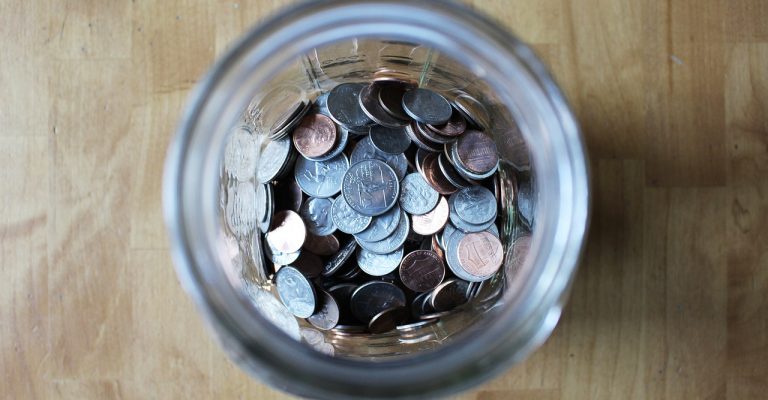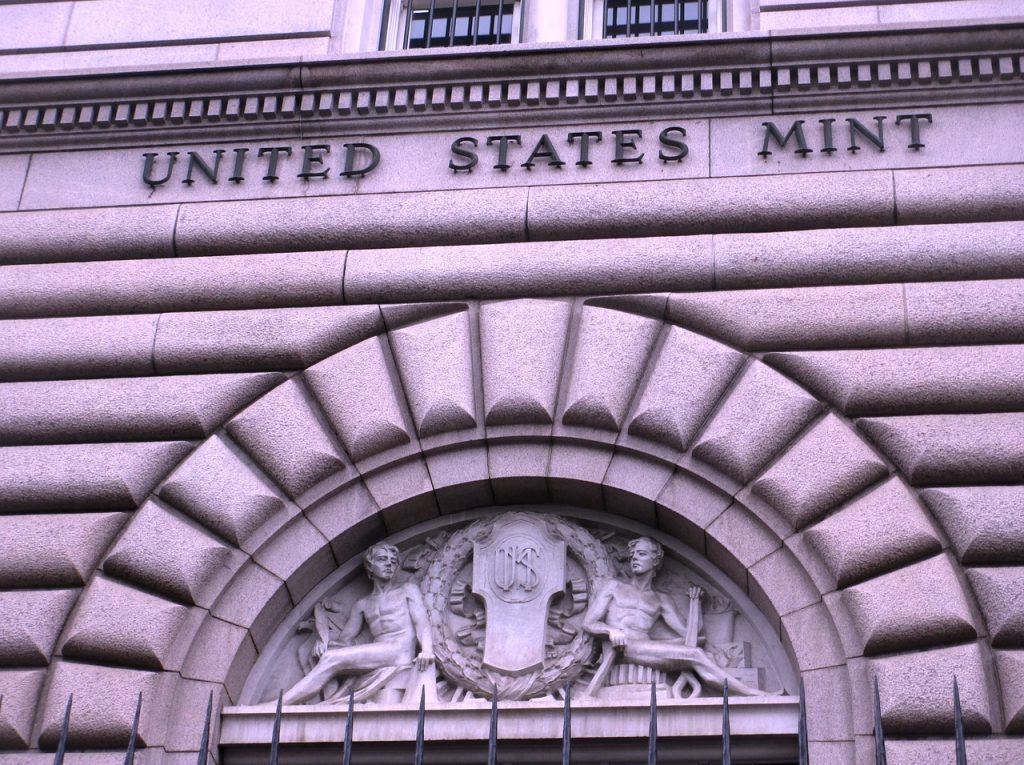The 1804 Draped Bust Silver Dollar – “King of American Coins”
The 1804 Draped Bust Silver Dollar is an exemplary coin with an interesting moniker: “The King of American Coins.” Originally minted in the 1830s, this coin was said to have been used as a diplomatic gift for world leaders interested in trade with a budding America. The countries privy to these beautiful coins included Siam and Muscat, and these class I coins were hand-delivered by none other than Edmund Roberts. But the 1804 Draped Bust Silver Dollar also has a few quirks that make it stand out above some even rarer coins.
Class I Draped Bust Silver Dollar
The class I 1804 silver dollar adorns a well-designed Draped Bust figurehead of Lady Liberty with 13 stars and the word “LIBERTY” etched on the obverse with the 1804 date stamp. The reverse features a heraldic eagle with an olive branch in one set of claws and arrows in the other, wings spread and a banner reading “E PLURIBUS UNUM” underneath 13 stars and what appear to be clouds. Lettering around the obverse, however, is where the class I starts to draw its distinction.
Unlike the class II restrike and class III restrike of the Draped Bust dollar, the reverse of the class I 1804 Draped Bust Silver Dollar has less spacing between the words “STATES” and “OF.” The coin was also thought to have been cast between 1834 and 1835 because of its unique raised ledge and intricate beading along the rim of the coin, much akin to coins minted in the 1830s. Only 8 are on mint record as being minted and disbursed. If looking for more ways to admire this rare coin, the class I 1804 silver dollar is also known by other names: the Siam Specimen or the Muscat Specimen.
Class II Draped Bust Silver Dollar
While the class I 1804 silver dollar coin is a very rare coin, the class II restrike is among one of the rarest since they were allegedly minted without approval. Most of the coins were said to have been struck over an altered 1857 Swiss Shooting Thaler. These coins were later tracked down and destroyed, except for one that rests within the Smithsonian’s halls, making the class II 1804 silver dollar extremely rare.
Class III Draped Bust Silver Dollar
The class III silver dollar restrike was nearly identical to the class II. However, the class III added a lettered edge that mimicked the class I’s edge. It has a slightly bowed appearance, but is likely to be the only 1804 Draped Bust Silver Dollar to have consistent lettered edges. The old dies for class II and class III coins were completely obliterated in 1869 to prevent further mint restrikes that were not sanctioned by the United States Mint. Only six specimens of the class III 1804 silver dollar were struck and placed on mint records.
1804 Silver Dollar Sells for Over $7 Million
As far as rare silver dollars go, the class I, class II and class III are some of the most valuable silver dollars minted. In 1999, the specimen thought to have gone to Said bin Sultan was sold at an astounding $4,140,000 and was considered the most valuable coin at the time.
In August 2021, the remarkable coin sold for $7.68 million and was, again, thought to be the Sultan’s example. This valuable coin was graded Proof-68 when sold in the Stack’s Bowers August Sale.
Coin Appraisal
Even though these valuable coins aren’t exactly flooding the market, it’s always a good idea to get your own coin collection appraised by a professional. Whether you have amassed a collection of plain edge rare coins, or rare coins of another mint worthy of the class III dollars’ name, you never know what kind of treasures lie within your US coins until you take a walk through their history.




